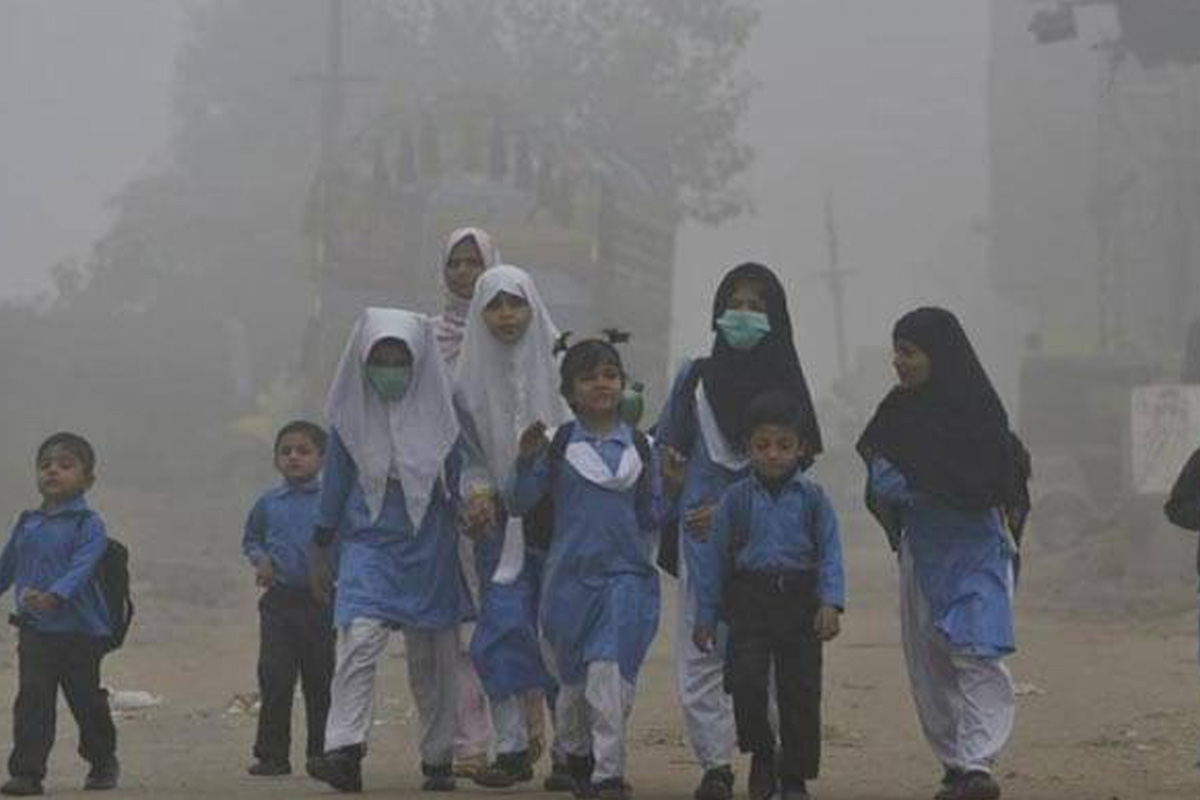As Pakistan gears up for the upcoming general elections, concerns arise over a possible surge in petrol and diesel prices in the country’s next fortnightly review slated for January 31, covering the first half of February. The caretaker government is reportedly contemplating a substantial increase of Rs 7 per liter for both petrol and diesel during this period, pending the final decision based on proposals from the Oil and Gas Regulatory Authority (OGRA).
Current Price Landscape:
As of now, the per-liter price for petrol is at Rs 259.34, while high-speed diesel is being retailed at Rs 276.21 per liter in Pakistan. If the proposed Rs 7 per liter hike is approved, the new prices would reach Rs 266.34 per liter for petrol and Rs 283.21 per liter for diesel.
Global Factors at Play:
Analysts are attributing this potential price hike to recent events in the Middle East, particularly attacks on ships in the Red Sea by Houthi rebels. These incidents have contributed to a notable spike in international oil prices. In the global market, petrol prices have surged from $83 to $89 per barrel in the past week, and high-speed diesel has experienced an increase from $93 to $97 per barrel. Additionally, crude oil prices have seen an uptick from $76 to $80 per barrel.
Expected Increase in Petrol and Diesel Price
The regulatory authority is expected to increase the price of petrol and diesel by Rs7 per liter each on Jan 31 after back-to-back relief to massive in previous months. The new prices will come into effect from Feb 1 till 15.
Expected New Petrol, Diesel Price in Pakistan
Currently, the per litre petrol price stands at Rs259.34 while the high speed diesel is being sold for Rs276.21 per litre in Pakistan.
If the government approves Rs7 per litre increase in price of both commodities, the new price of petrol will be Rs266.34 per litre and diesel’s Rs283.21 per litre.
Impact of Foreign Exchange and Imports:
Despite the challenges posed by global events, experts highlight that the relatively stable exchange rate of the Pakistani rupee against the US dollar may serve as a mitigating factor in the expected increase of petrol and diesel prices. They note that the surge could have been more pronounced if not for this stability. Importantly, the first five months of the current financial year witnessed a 16% decline in the import of petroleum products.
As the caretaker government weighs the decision on fuel prices, citizens and industry players are anxiously awaiting the outcome. The potential rise in petrol and diesel costs carries implications for various sectors of the economy. The interplay between geopolitical events, global oil prices, and domestic economic factors adds complexity to the situation. Observers will closely monitor developments in the coming days to understand the final decision’s impact on the nation’s economic landscape.









